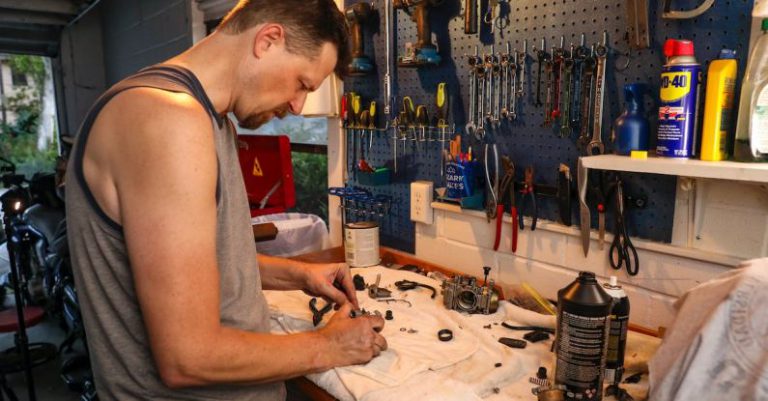How to Prepare Your Home for Extreme Weather?
Extreme weather events such as hurricanes, tornadoes, floods, and blizzards can cause significant damage to our homes if we are not adequately prepared. To safeguard your home and protect your loved ones during these weather emergencies, it is crucial to take proactive measures in advance. Here are some practical steps you can take to prepare your home for extreme weather.
Inspect and Reinforce Your Roof
Your roof is the first line of defense against extreme weather conditions, so it is essential to ensure it is in good condition. Regularly inspect your roof for any signs of damage or wear, such as missing shingles, loose tiles, or cracks. Addressing these issues promptly can prevent further damage during a storm.
Consider reinforcing your roof with hurricane straps or clips, which can help secure it to the structure of your home. These reinforcements can significantly increase your roof’s resistance to high winds and reduce the risk of it being torn off during a severe storm.
Secure Windows and Doors
Windows and doors are vulnerable areas during extreme weather events. To protect against high winds and flying debris, consider installing storm shutters or impact-resistant windows. If these options are not feasible, you can reinforce your existing windows with plywood or safety film. Additionally, ensure that all doors have sturdy deadbolts and reinforce them if necessary.
Clear Your Gutters and Downspouts
Clogged gutters and downspouts can lead to water damage during heavy rains or melting snow. Regularly clean and inspect your gutters to remove any debris, such as leaves or twigs. Ensure that downspouts are properly connected and direct water away from your home’s foundation. This will help prevent water from pooling around your property and causing potential flooding.
Create an Emergency Kit
In the event of extreme weather, it is essential to have an emergency kit readily available. This kit should include essential items such as non-perishable food, bottled water, flashlights, batteries, a first aid kit, a battery-powered radio, and any necessary medications. It is also advisable to have a supply of extra blankets and warm clothing, especially in regions prone to blizzards or extreme cold.
Develop an Emergency Plan
Having a well-thought-out emergency plan can save lives during extreme weather events. Discuss the plan with your family members and ensure everyone understands their roles and responsibilities. Identify a safe area within your home where you can take shelter during a storm, and establish a meeting point in case you are separated.
Know the evacuation routes in your area and have a designated meeting place outside your neighborhood. Keep important documents, such as insurance policies and identification, in a waterproof container and easily accessible. It is also crucial to have a backup power source, such as a generator, to ensure you can maintain necessary functions during a power outage.
Conclusion: Stay Prepared
Extreme weather events can be unpredictable and devastating. By taking proactive measures to prepare your home, you can minimize the potential damage and keep your loved ones safe. Regularly inspecting and reinforcing your roof, securing windows and doors, clearing gutters, and creating an emergency kit are essential steps to protect your home during extreme weather. Additionally, developing an emergency plan and staying informed about weather forecasts can help you stay prepared and make informed decisions when severe weather strikes. Remember, it is better to be over-prepared than caught off guard.






